
An increasing number of digital nomads are replacing their conventional houses with practical, mobile homes powered by renewable energy technologies. Freelancer photographer Norbert Juhász and his fiancée Dora, a writer, have joined the fray with a 16-year-old van they transformed into a solar-powered home on wheels, and they’re driving it from Budapest to Morocco.
While the exterior of the van is unremarkable, its interior packs all the amenities the couple needs on their journey. A multifunctional seat turns into a bed for two and includes a storage space and electrical system underneath. Opposite the bed is a small kitchen unit with a gas cooktop, gas cylinder, sink and a large water tank with a pressure-sensing pump. The tank is connected to an extra hook-up that leads to the rear of the van, where the water is used for quick showers. An L-shaped cabinet accommodates a refrigerator and more storage spaces, and features another section that doubles as a seating structure.
The vehicle is powered by a 12-volt electrical system charged by either the 250-watt solar panels mounted on the roof, or the engine’s generator. Excess energy can be stored in 200-Ah batteries attached to an inverter.
The couple spent around $7,200 for the van’s transformation, including its custom-made furniture. They will travel through Southern Europe all the way to Morocco, and document their journey on the Rundabella website and Facebook page.
Source: inhabitat.com



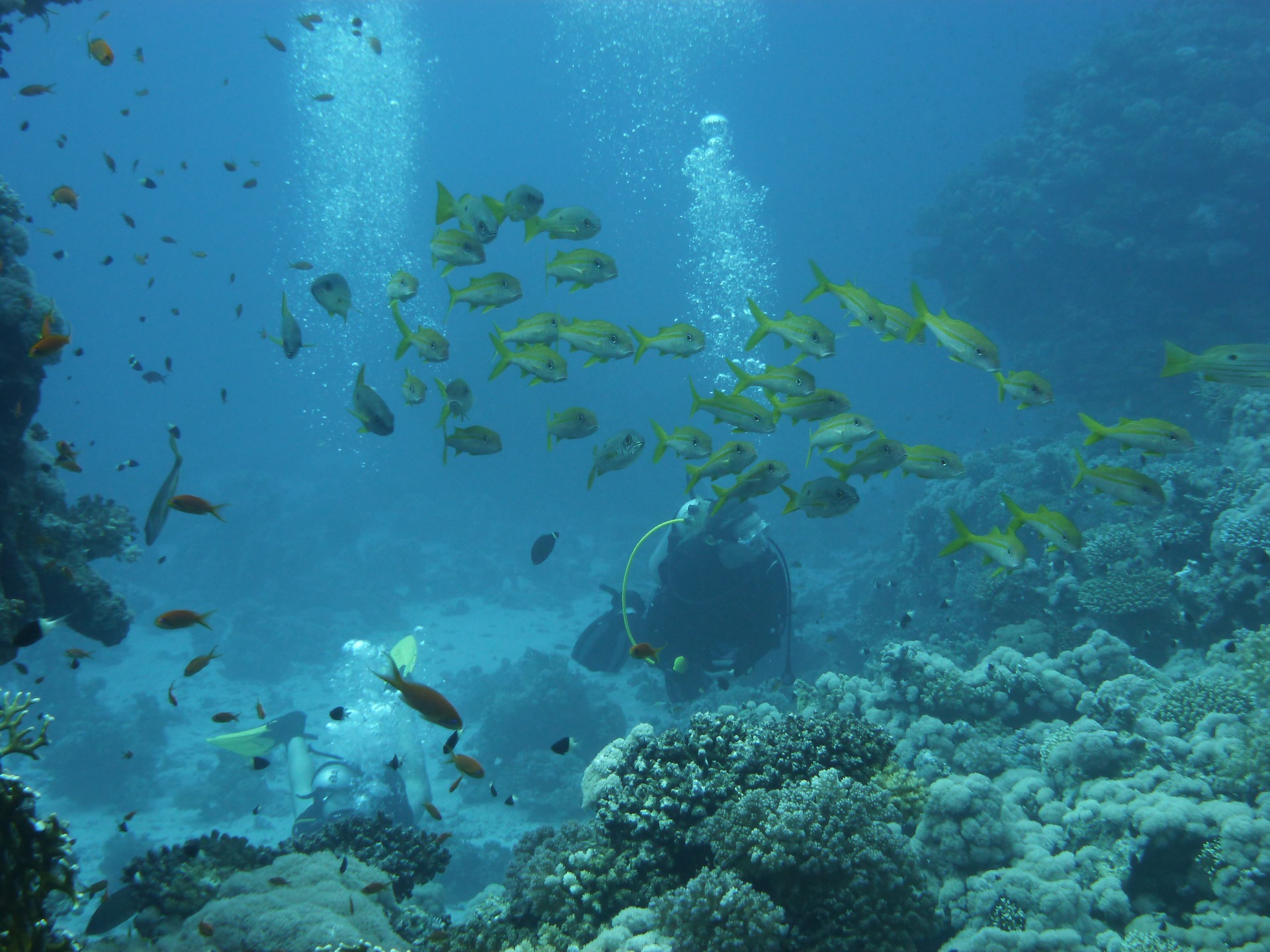
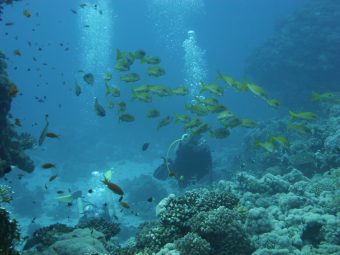
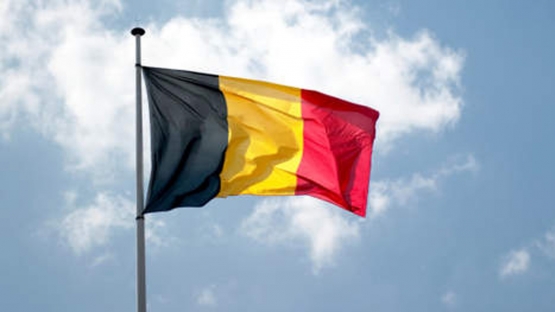
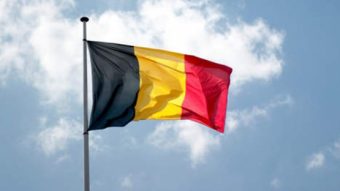




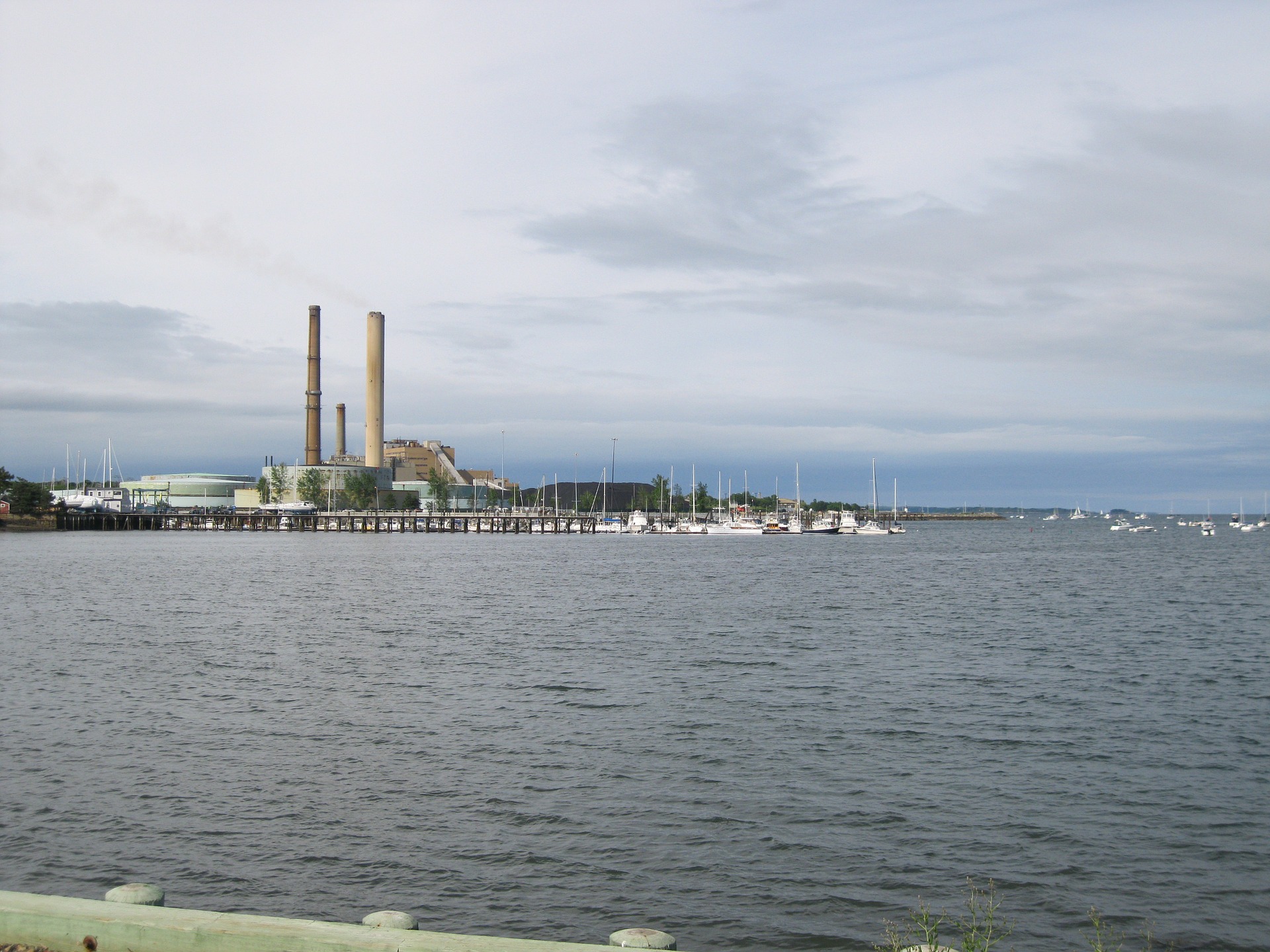

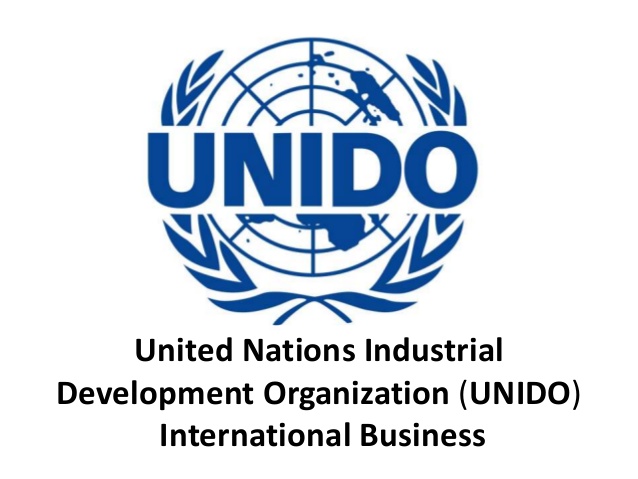

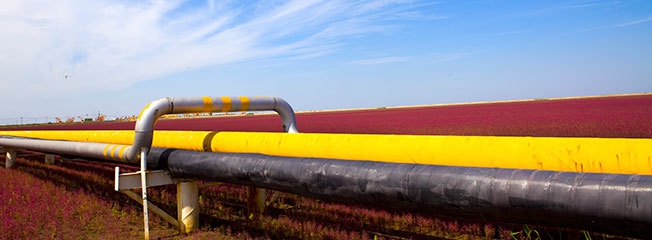
 Yesterday a ministerial meeting of the Southern Gas Advisory Council was held in Baku, Azerbaijan. Participants discussed bringing gas to EU markets from regions to the south and east of Europe along the Southern Gas Corridor. European Commission Vice-President Maroš Šefčovič and the President of Azerbaijan, Ilham Aliyev, attended the meeting, along with representatives of countries located along the Southern Gas Corridor.
Yesterday a ministerial meeting of the Southern Gas Advisory Council was held in Baku, Azerbaijan. Participants discussed bringing gas to EU markets from regions to the south and east of Europe along the Southern Gas Corridor. European Commission Vice-President Maroš Šefčovič and the President of Azerbaijan, Ilham Aliyev, attended the meeting, along with representatives of countries located along the Southern Gas Corridor.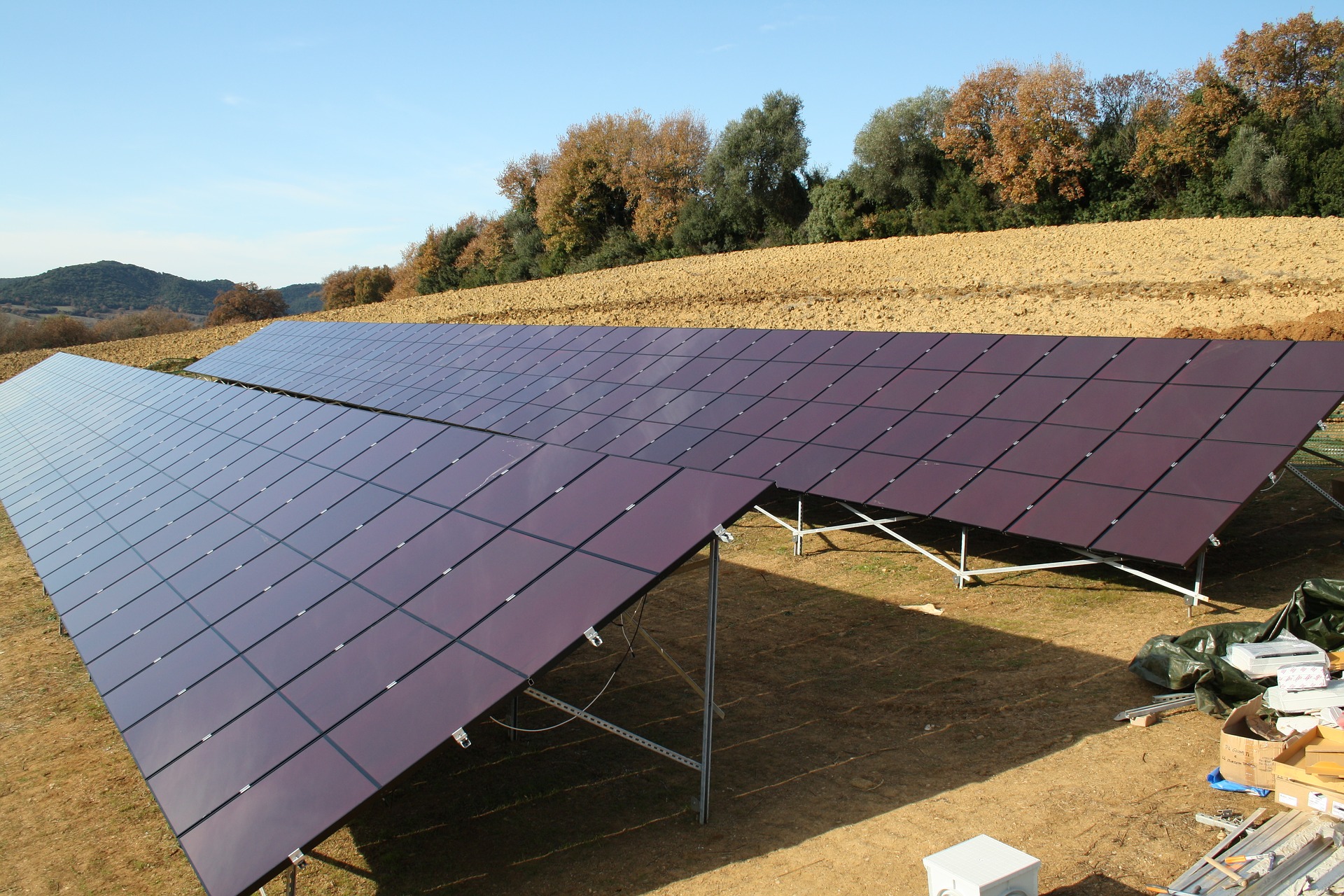
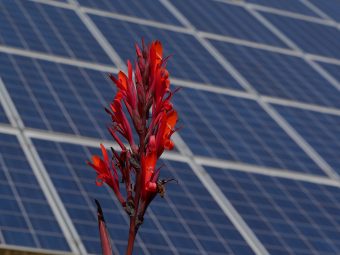

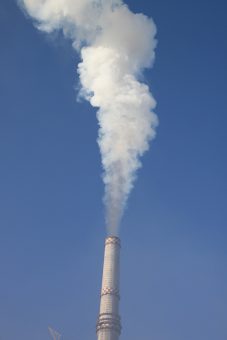

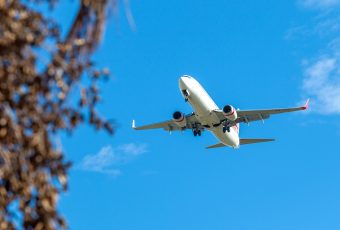
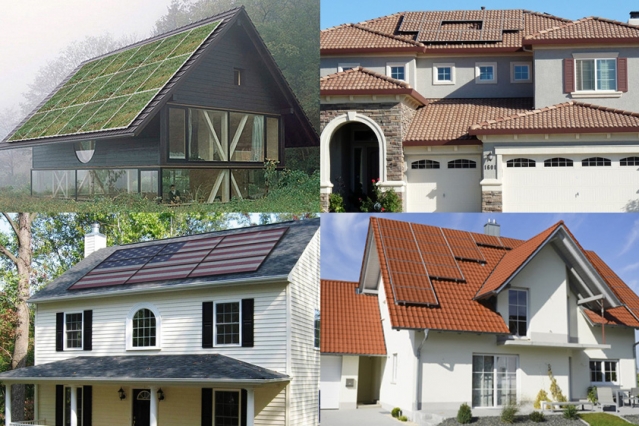
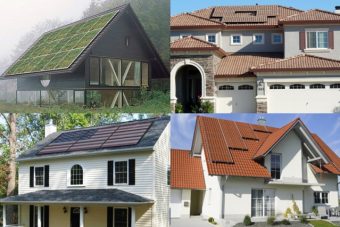
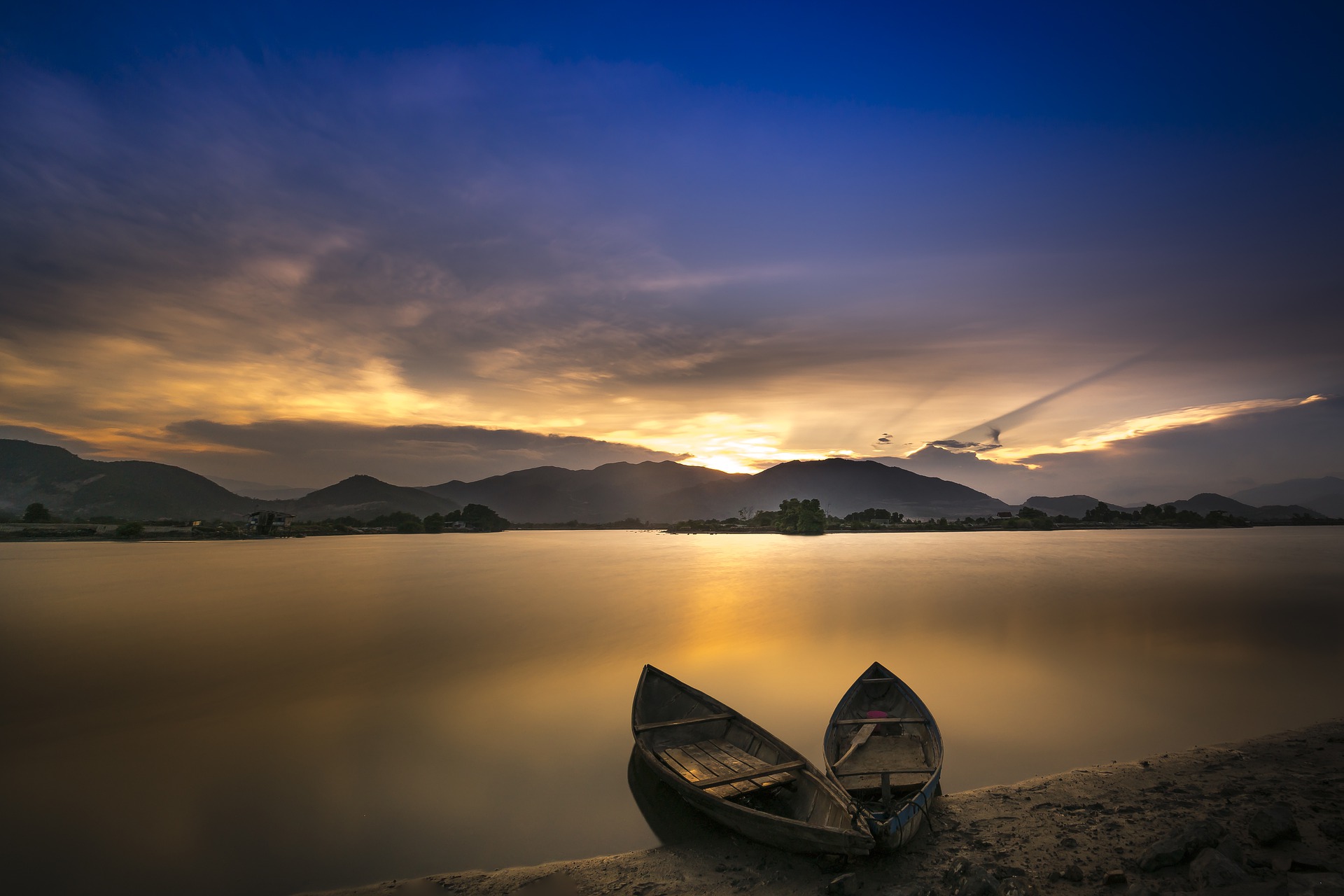


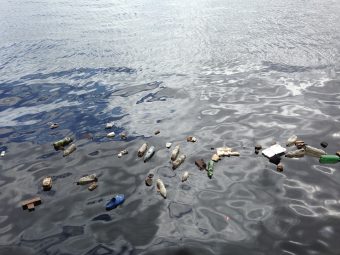

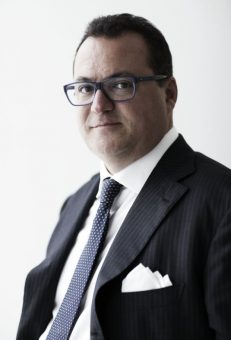 Building Energy, an Italian multinational that operates as a Global Integrated IPP in the renewable energy industry, has signed a purchase agreement to acquire 4energia, an independent energy trader founded to buy electric power from small and medium scale plants for energy producers in Italy.
Building Energy, an Italian multinational that operates as a Global Integrated IPP in the renewable energy industry, has signed a purchase agreement to acquire 4energia, an independent energy trader founded to buy electric power from small and medium scale plants for energy producers in Italy.
 Thailand is feeling the impact of climate change – in particular, the agricultural sector has to deal with extreme weather conditions. The disastrous flooding of 2011 was followed by years of drought, which put additional pressure on water resources already compromised by agriculture.
Thailand is feeling the impact of climate change – in particular, the agricultural sector has to deal with extreme weather conditions. The disastrous flooding of 2011 was followed by years of drought, which put additional pressure on water resources already compromised by agriculture.